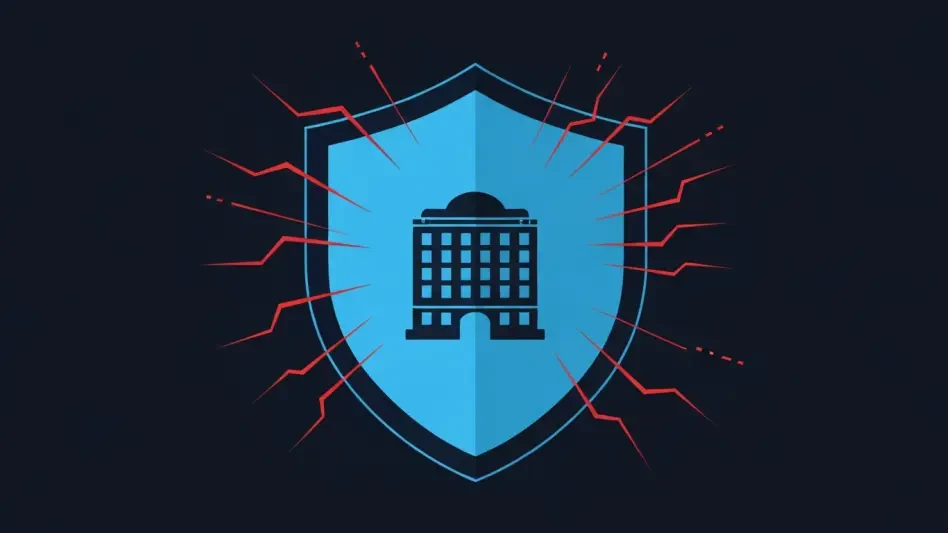Online shoppers continue to face significant threats in 2025 as phishing scams grow increasingly sophisticated. Recent findings have revealed one of the most remarkable developments: cybercriminals in China have created an extensive network of fake e-commerce sites that closely mimic popular brands. This intricate scam tests the resilience of global internet security and calls for urgent appraisal of consumer protection measures typically overlooked. These insights shed light on evolving market dynamics, stressing an urgent need for enhanced defenses against these increasingly convincing threats.
Unraveling the Phishing Phenomenon
Advancements in digital commerce have brought about an invigorated wave of phishing activity, stunning experts with its level of innovation. Over the years, phishing scams have transformed from basic email hoaxes to sophisticated websites replicating high-profile retailers. Today, these scams effectively simulate the user experience of well-known brands like Apple and REI by skillfully integrating trusted logos and realistic payment processes. This trend reflects a critical juncture where scammers have resolved to refine their tactics persistently to outpace consumer awareness and conventional cybersecurity measures.
Dissecting Current Patterns and Technological Maneuvers
Modern phishing scams exhibit clever tactics designed to deceive consumers through virtual authenticity. Fraudsters meticulously design nearly indistinguishable counterfeit e-commerce sites from original operations. These platforms employ nuanced psychological hooks, such as the illusion of limited-time offers and legitimate trust symbols, contributing to an overwhelming appearance of credibility. As these fraudulent sites incorporate components like real Google Pay widgets, they create a false sense of security among shoppers, leading to unwitting data breaches and financial losses. These deceptive traits reveal a concerning gap in public understanding and readiness to combat complex digital threats.
Geographical variations highlight the diverse tactics used to tailor phishing scams effectively. English and Spanish-speaking markets bear the brunt of these cyberattacks, indicating scammers’ strategic preference for these audiences. Additionally, localized scams adapt to the unique attributes of regional markets, exploiting cultural or regulatory vulnerabilities. Understanding these variations is crucial for tailoring international policies to limit potential damages. Consequently, developing culturally sensitive strategies is imperative in bridging these disparate approaches to combat a shared threat.
Predictions and Strategic Responses for Phishing Threats
As digital technology continues its rapid evolution, phishing methods are equally escalating in sophistication. Enhanced artificial intelligence enables scammers to devise alarmingly convincing counterfeits and interactions. The involvement of economic giants like China complicates the counter-phishing efforts, presenting a formidable barrier to achieving a global consensus on cybersecurity frameworks. Moreover, experts forecast that international collaboration, pivotal regulatory frameworks, and forward-thinking technological advancements are essential to counteract these evolving threats effectively. A central focus for industries and states may include fostering data-sharing partnerships to accelerate response times to scams and bolster defense capabilities proactively.
Charting a Path Forward Against Cyber Deceptions
To effectively combat phishing scams, it is crucial that stakeholders incorporate comprehensive strategies aimed at augmenting security and vigilance. Improving digital literacy among users features prominently in this approach, empowering individuals with knowledge to identify and navigate online scams. Moreover, businesses are encouraged to instate top-tier cybersecurity protocols, such as multi-factor authentication mechanisms, supported by ongoing consumer education initiatives. These steps ensure a robust shield against potential scams, safeguarding sensitive financial information and overall digital integrity. Consequently, the collective resilience against phishing attempts to meet the relentless pace of cybercriminal advancement.
Phishing’s global ascendancy necessitates collective and responsive action from all sectors to mitigate its effects. As the digital landscape transforms, the burden to anticipate and secure new vulnerabilities intensifies. By fostering robust cybersecurity cultures, citizens and corporations can proactively thwart cyber exploits. This approach encourages robust, international collaboration between stakeholders, thereby building a more secure environment for global e-commerce.








